This is one post I haven’t planned – rather unlike me!
 While making Friday night’s dinner, using some young, fresh garlic, I realised that I had some ‘regular’ garlic and some not-so-regular black garlic – thus the idea for this post was born! (From L – R : young to old)
While making Friday night’s dinner, using some young, fresh garlic, I realised that I had some ‘regular’ garlic and some not-so-regular black garlic – thus the idea for this post was born! (From L – R : young to old)
Sing along with me, for I love to ‘discover & do’.
In my first ever ‘dauphinoise’, the fresh garlic was a wonder – lightly fragrancing the creamy sauce with its oniony perfume.
If you’ve never had dauphinoise aka potato gratin – think again. This dish of potato layers, thinly sliced in the food processor (or a mandolin for those who possess this kitchen utensil) is a stunning weekday/night dinner, which refrigerates well, requires no sauce and is amazing in its soft, creamy texture (with just enough bite).
I lovingly served mine up with some rib-eye…
….and a salad. Much enjoyed by the husband and I. Sometimes my kids won’t eat what I make :-).
And when its tasty flavours are required on day two, simply reheat in the oven or pop in the microwave for a quick warm up. Outstanding.
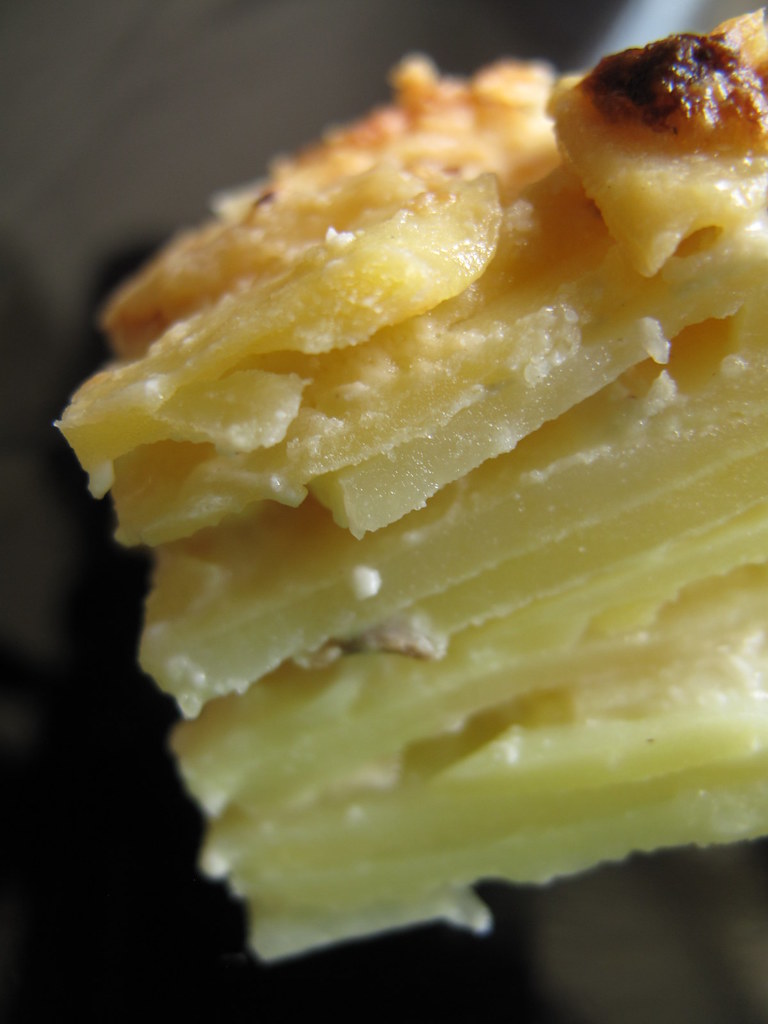 But I made a lot of it and tomorrow, I will puree the leftovers to make a bowl of soup for lunch. Perhaps spiked with some sharp tarragon, or made citrusy with lemon melisse – at the moment, I’m not sure. I’ll let you know what happens eventually.
But I made a lot of it and tomorrow, I will puree the leftovers to make a bowl of soup for lunch. Perhaps spiked with some sharp tarragon, or made citrusy with lemon melisse – at the moment, I’m not sure. I’ll let you know what happens eventually.
Anyhow, it all began with my bulb of fresh garlic, which I got at Sligro – I had never seen fresh garlic before and so had to try it. Unsure of what to expect, I sliced it open to discover cloves wrapped by sheets, a bit like onion rings, except studded with young shoots. I removed some cloves and put the sheets in some stock. The flavour? Very fresh. Very garlicky and easy to pass through a press, without stringy bits left behind.
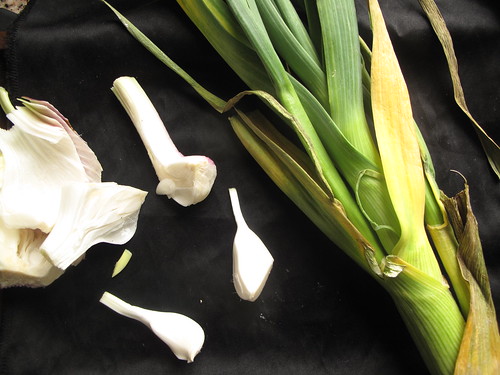 And very moist, a little bit sticky but with the unmistakable presence of Allium sativum. At €1.25 per stalk though, this wasn’t on the cheap, considering that my regular garlic (and yours), costs the same for 5-6 bulbs. Never mind, the value was in the experience.
And very moist, a little bit sticky but with the unmistakable presence of Allium sativum. At €1.25 per stalk though, this wasn’t on the cheap, considering that my regular garlic (and yours), costs the same for 5-6 bulbs. Never mind, the value was in the experience.
Bringing me on to that which I almost always have by the mini-cart load – my dried garlic bulbs. Of course, the skins are dry and papery, unlike the young sapling. The sheets in between the bulbs too are dry, a mere decorative cover for the mature bulb and not the protective sheets of the previous stage. This is the most common version in the kitchen, going in soups, stews, stocks, rice, stir-fries and more. Sometimes when I pass some cloves through my garlic press, I end up with some tough bits, unlike the fresh garlic which was really soft and watery.
 With both of these garlic types, the unmistakable, evil-banishing smells are present when consumed in excess. I won’t say anything about kissing but surely you get the point.
With both of these garlic types, the unmistakable, evil-banishing smells are present when consumed in excess. I won’t say anything about kissing but surely you get the point.
Unlike with black garlic – a version at the complete end of the spectrum which is devoid of the pungent smell with reportedly twice the amount of anti-oxidants! I got a pack of 2 bulbs for close to €4 – not cheap but well worth it for its umami-rich, toffee-like flavour even if the texture is almost as tough as black treacle.
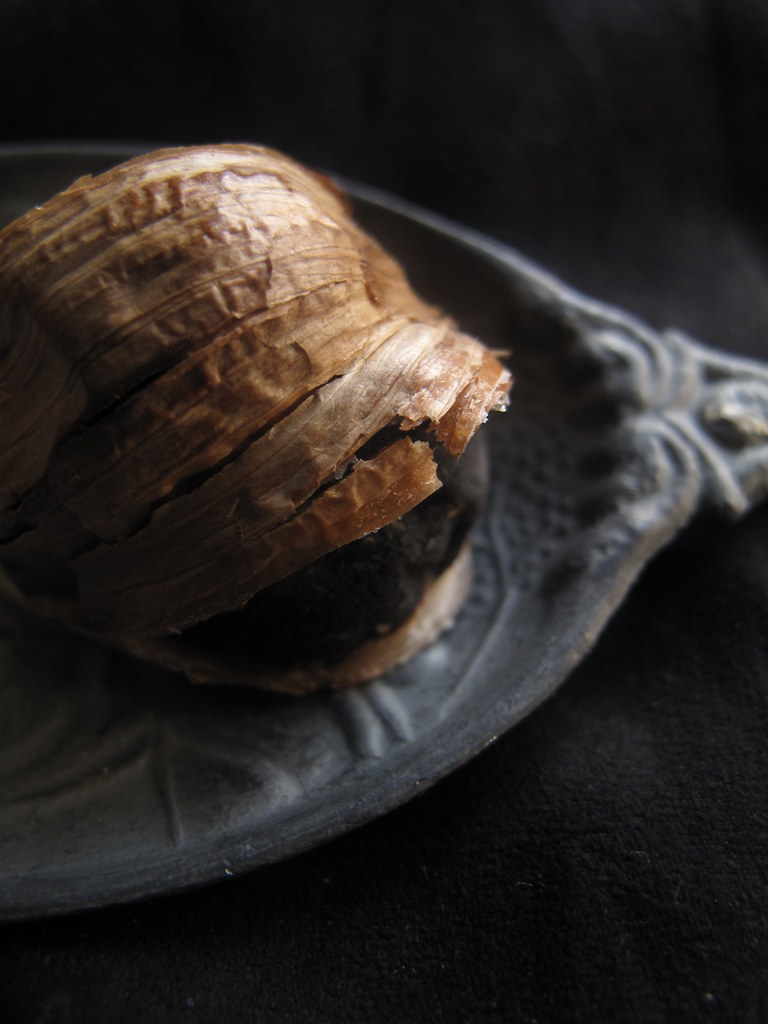 Essentially, this is white garlic aged and fermented, transforming its cloves from light-coloured and ‘crisp’ to black and soft and without garlic’s characteristic smell, not to mention the somewhat bronzed nature of its papery skin. If you want to know more about how black garlic is made, read this.
Essentially, this is white garlic aged and fermented, transforming its cloves from light-coloured and ‘crisp’ to black and soft and without garlic’s characteristic smell, not to mention the somewhat bronzed nature of its papery skin. If you want to know more about how black garlic is made, read this.
And then a bit more, from Wikipedia:
…The taste is sweet and syrupy with hints of balsamic or even tamarind. Black garlic’s popularity has spread to the United States as it has become a sought-after ingredient used in high-end cuisine. It is unrelated to a genetically unique six-clove garlic also called black garlic and used in countries such as Korea, or with the ornamental plant Allium nigrum).
…It was first introduced by a Japanese researcher in 2005. Although many think it has a long history in the cuisine of Korea and Thailand, it is relatively a new product and it was never used in Korean cuisine until recently. In Korea, black garlic was introduced as health product and it is still perceived as health supplementary food. Black Garlic is prized as a food rich in antioxidants and added to energy drinks, and in Thailand is claimed to increase the consumer’s longevity.One interesting use is in the making of black garlic chocolate.
In the United States, black garlic entered the mainstream in 2008 when Le Sanctuaire in San Francisco began selling it. It was written up in the Spring 2008 “Design and Living” special section of the New York Times as a “new staple” of modern cuisine (and incorporated into a recipe, “Black Garlic Roast Chicken”); the NYT author, Merrill Stubbs (of my beloved food52), noted it was being used by chef Bruce Hill of Bix Restaurant, San Francisco. Hill soon found his way to the entrepreneur Scott Kim, who in 2005 had started to import garlic from Jeju Island, Korea, to process in the United States. Scott Kim started a company ‘Black Garlic, Inc.’ in 2008 and start producing black garlic in Hayward, California. Scott Kim’s Black Garlic, Inc.is the only black garlic manufacturer in the United States. He ferments garlic for a month, at high temperature, and sells them throughout the United States. Black garlic’s fame grew from there. Soon, Matthias Merges, executive chef at Charlie Trotter’s in Chicago, listed black garlic as one of his top five food finds in Restaurant News, December 2008. The rise of black garlic in the US was called “sensational,” and other trade publications besides Restaurant News have noticed the trend.
All said and done, I think it is pretty. Beautiful. Interesting even.
And yes, it really is black.
 What I like are the various descriptions for it – ‘taste of the earth’, tamarind, liquorice and/or balsamic notes, the consistency of jelly – sticky sweet and chewy texture. I passed it through my garlic press and memories of road ‘tar’ where dredged up. This is sticky stuff!
What I like are the various descriptions for it – ‘taste of the earth’, tamarind, liquorice and/or balsamic notes, the consistency of jelly – sticky sweet and chewy texture. I passed it through my garlic press and memories of road ‘tar’ where dredged up. This is sticky stuff!
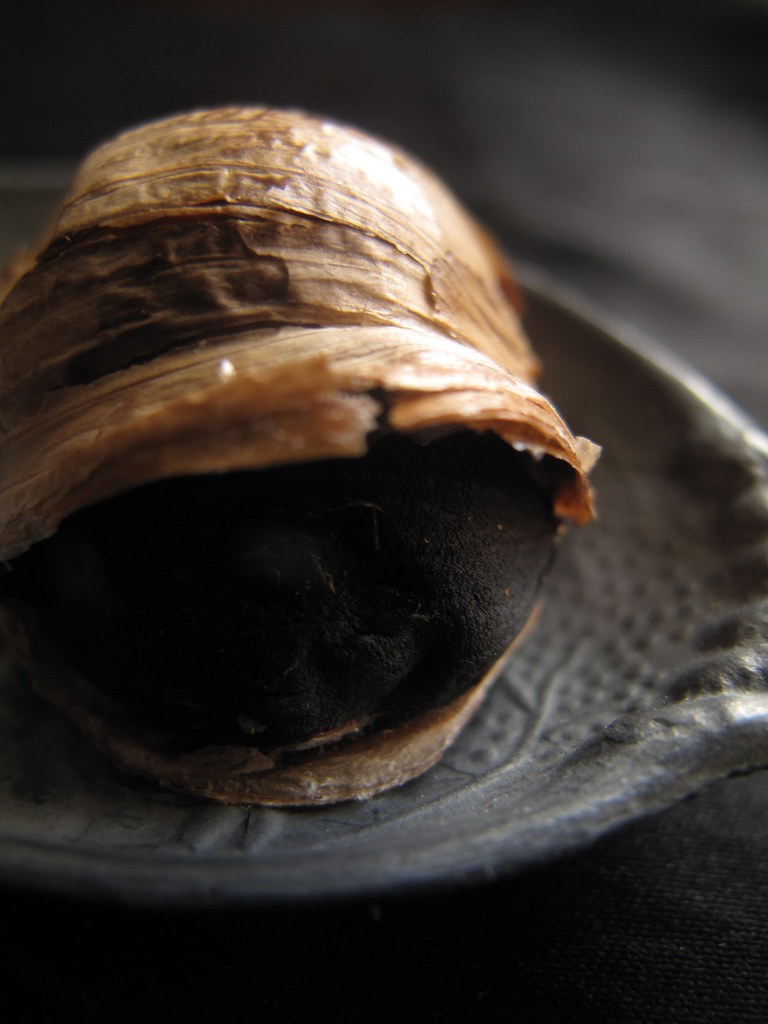 I made a black olive tapenade. Which I ate alone. It was nice and quick – a bit too much anchovy paste but still delectable. I’ve included a sensible amount in my made up recipe!
I made a black olive tapenade. Which I ate alone. It was nice and quick – a bit too much anchovy paste but still delectable. I’ve included a sensible amount in my made up recipe!
Black olive tapenade
Ingredients
1/2 cup black olives (I didn’t use Kalamata olives) 1/2 teaspoon paprika 1/2 teaspoon cumin seeds, dry roasted 1 clove of black garlic 1 teaspoon lemon juice 1 teaspoon anchovy paste 4 basil leaves 1 teaspoon capers Olive oil to loosen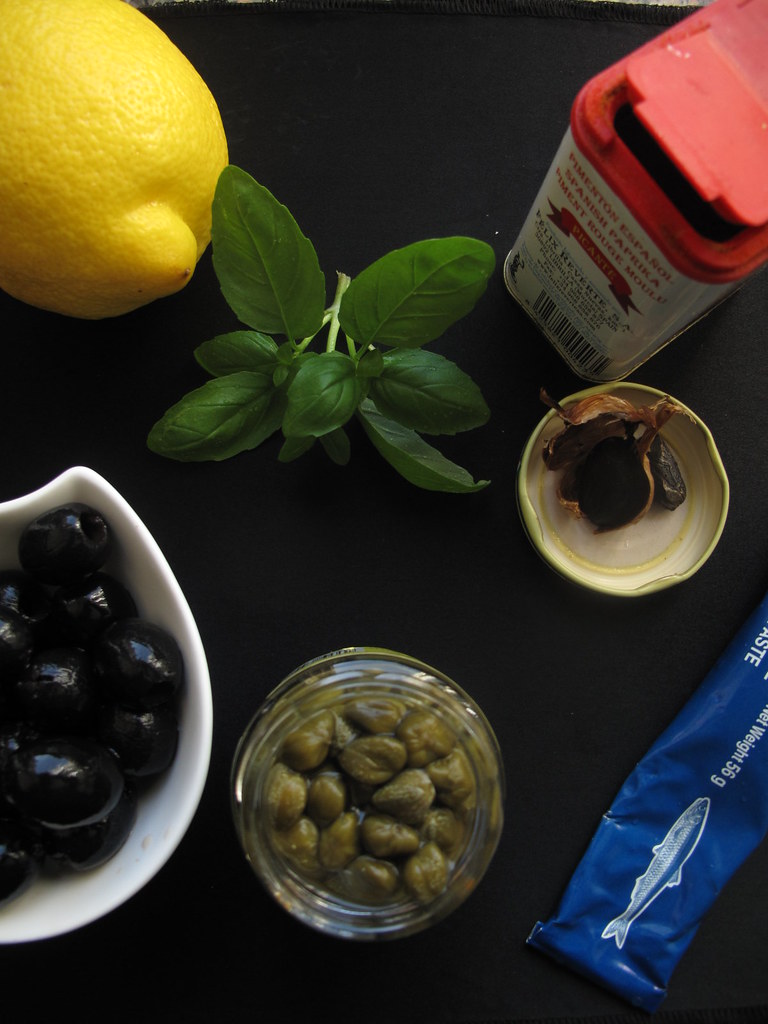
How to
Put all ingredients in a food processor or mortar and blitz till you get the required texture.
I left mine chunky.
But then I used my mortar and pestle – getting it smooth would have been an all-night task which I wasn’t prepared for.
And then its ready – in all its gloriousness!
It was lovely on some French bread – plain and toasted. (I think the cumin is an overkill and not needed too!)
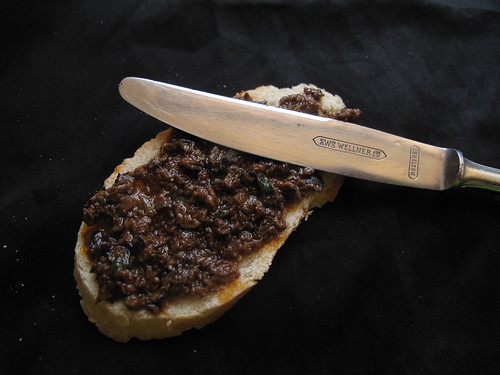 Have you tried black garlic before?
Have you tried black garlic before?
Would you like it in a dessert :-)?
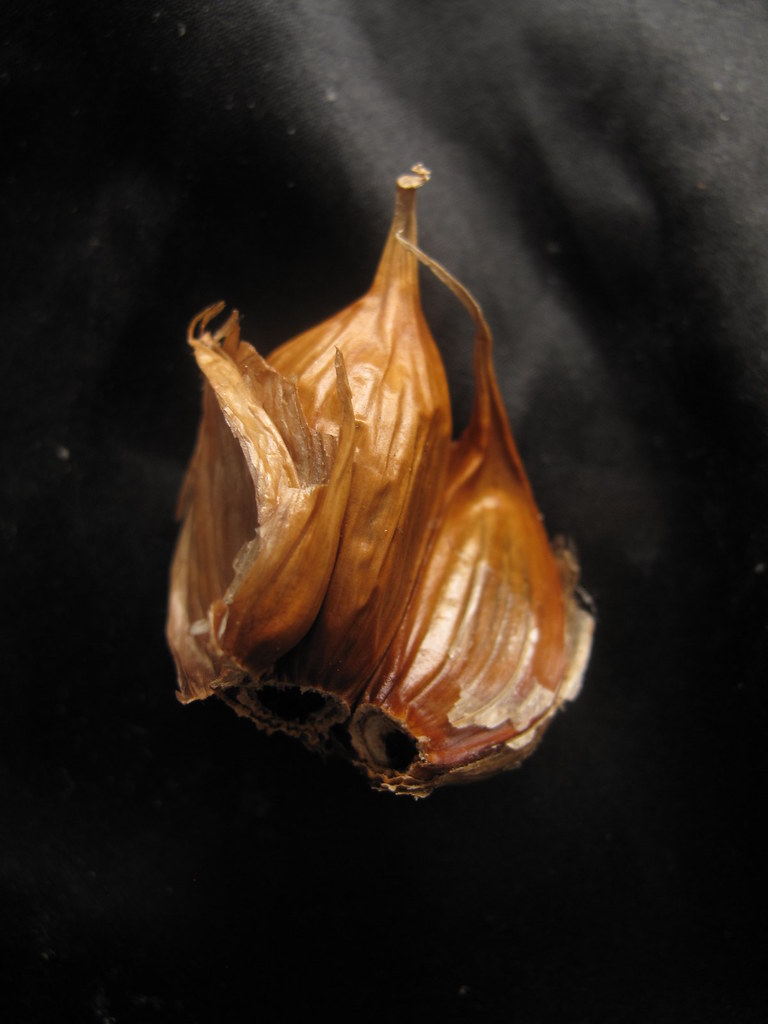 Don’t worry, I can’t promise you a black garlic chocolate tart, or pot, or any sort of dessert just yet. Boldness is not my middle name.
Don’t worry, I can’t promise you a black garlic chocolate tart, or pot, or any sort of dessert just yet. Boldness is not my middle name.
Night night!
[wpurp-searchable-recipe]Black & White – All you need to know about garlic – – – [/wpurp-searchable-recipe]


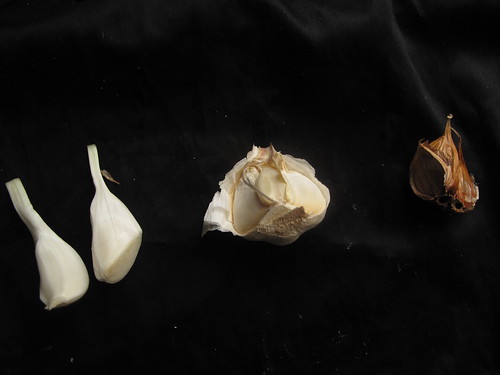
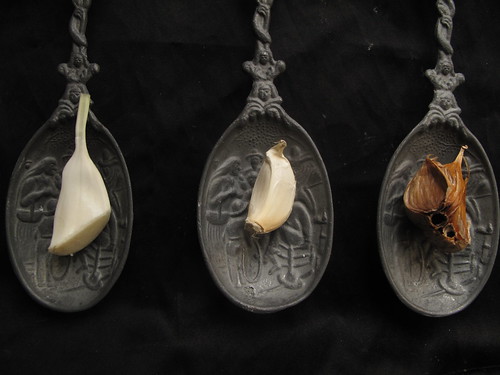
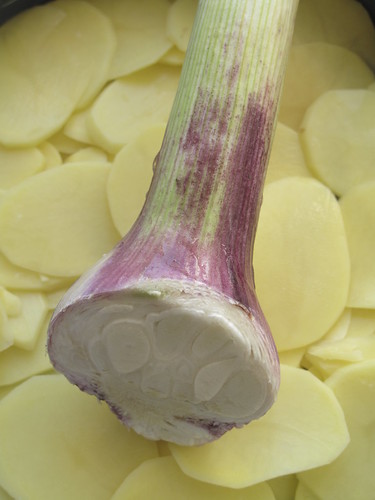



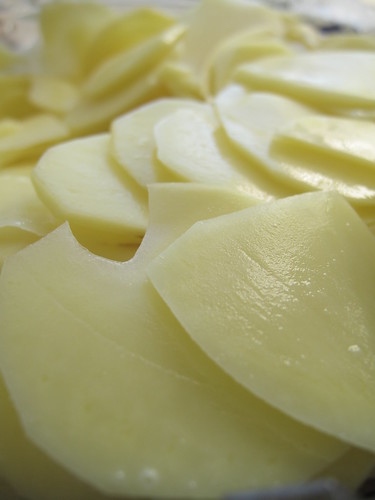
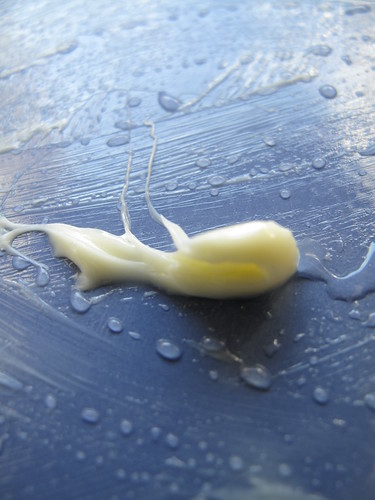

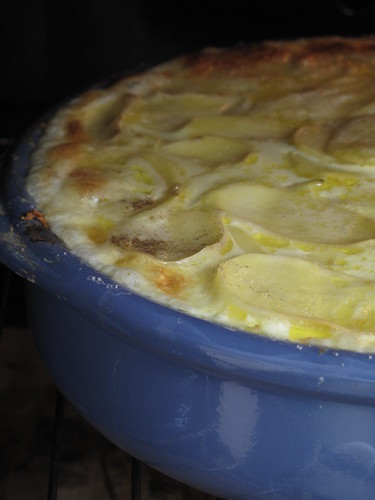
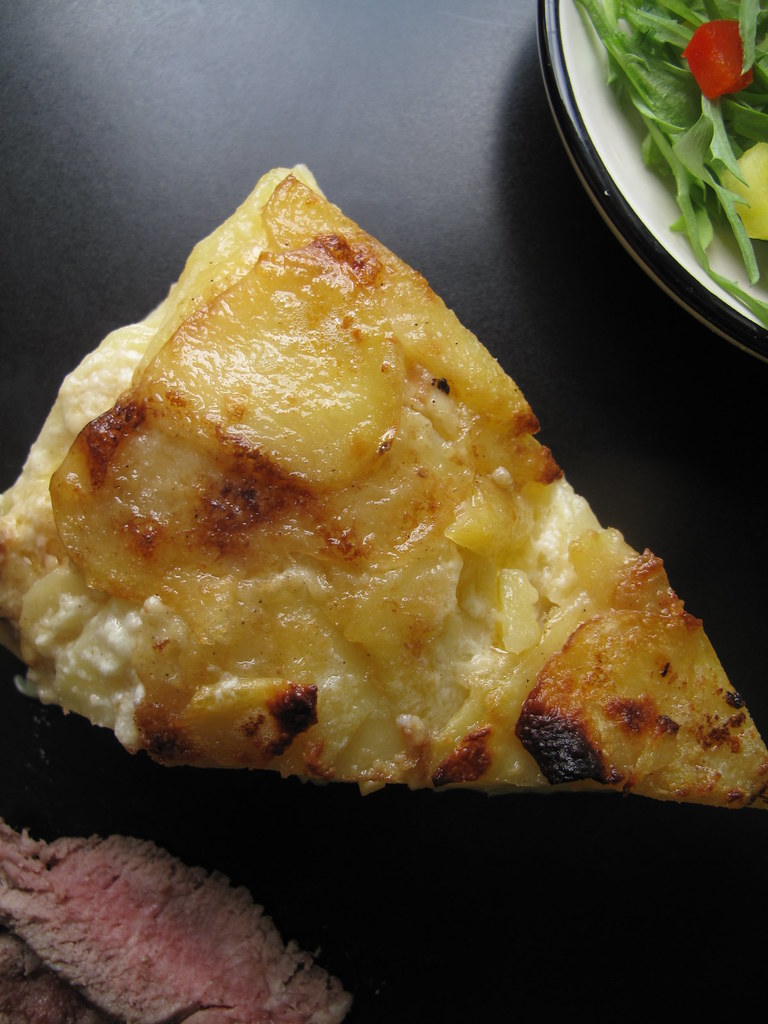
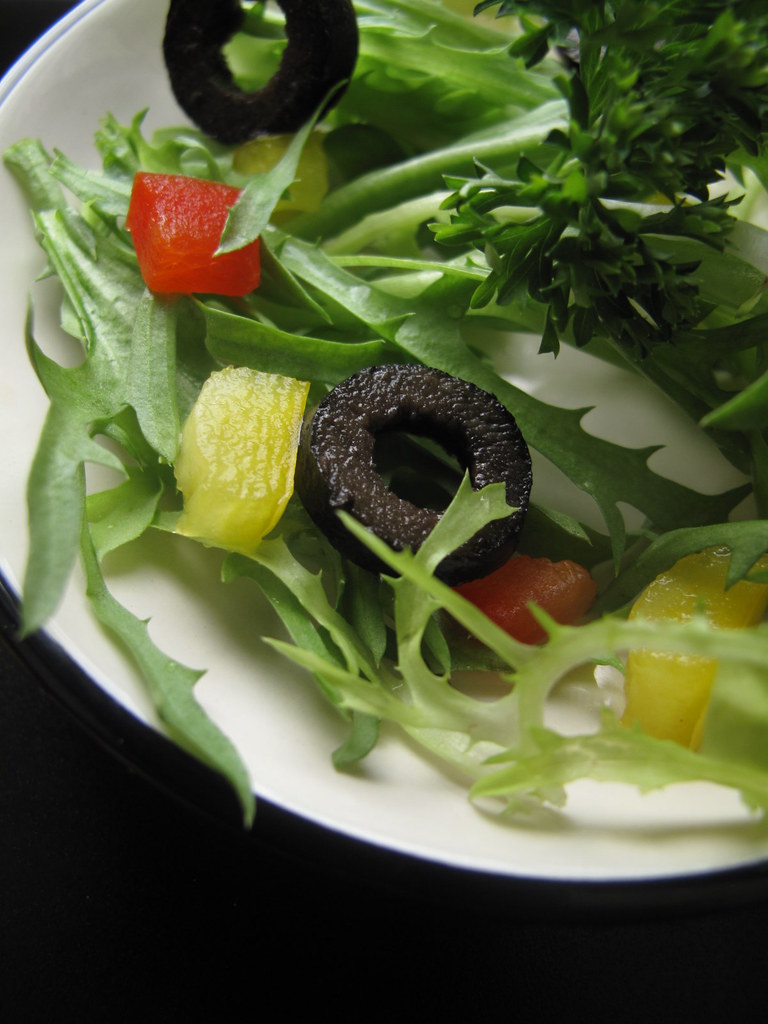
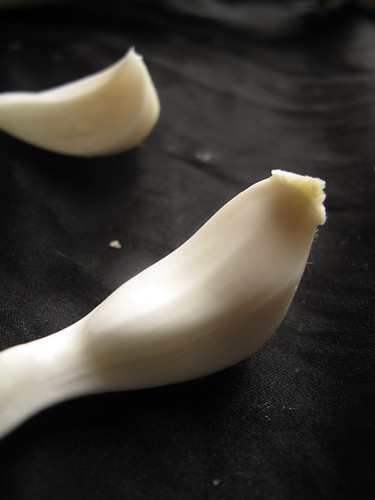

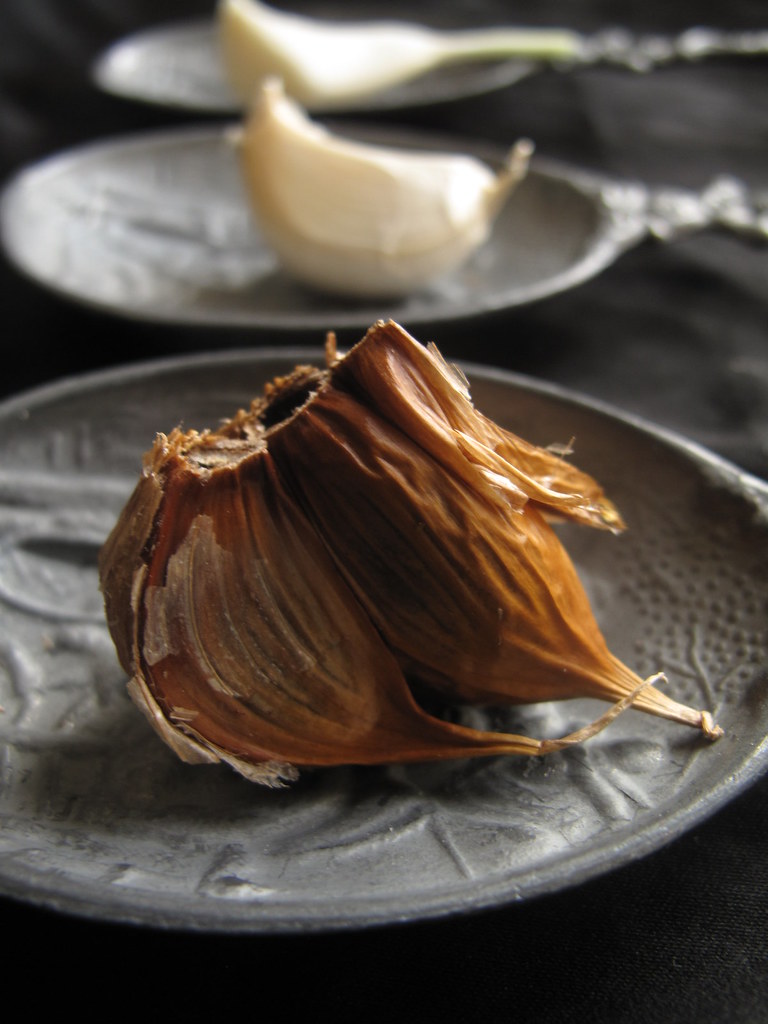
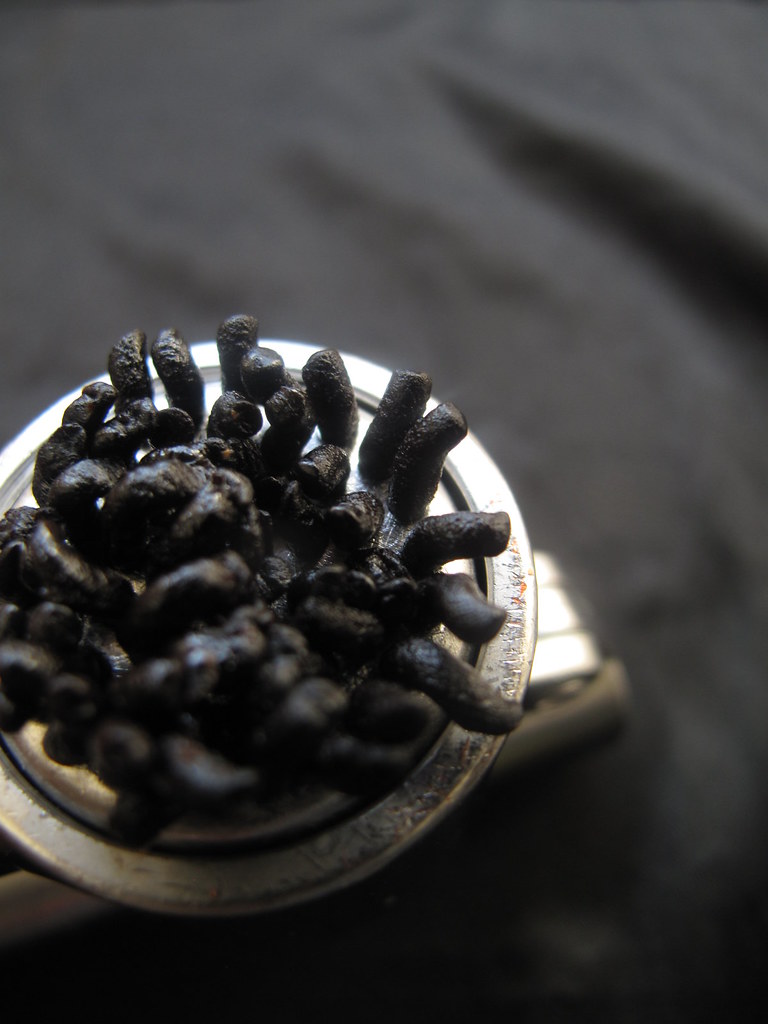
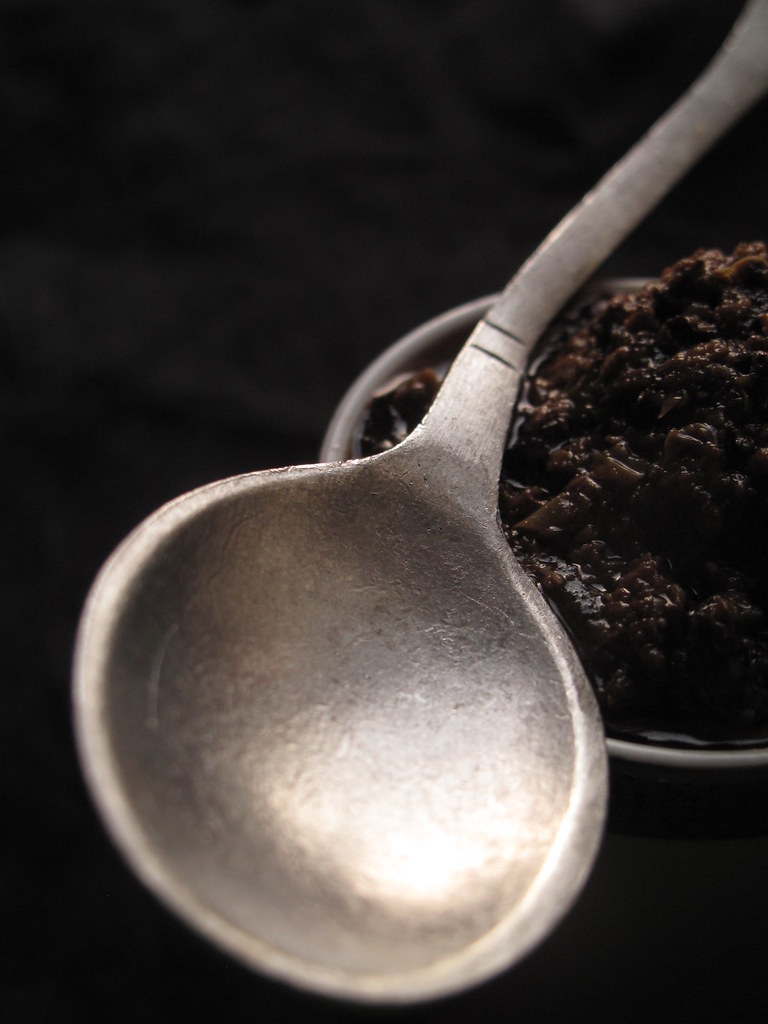
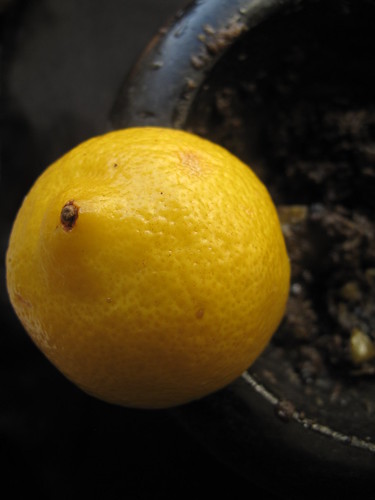
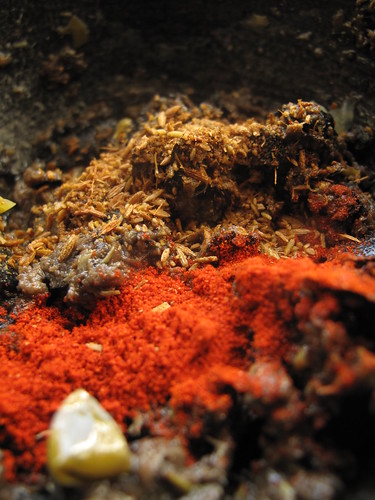

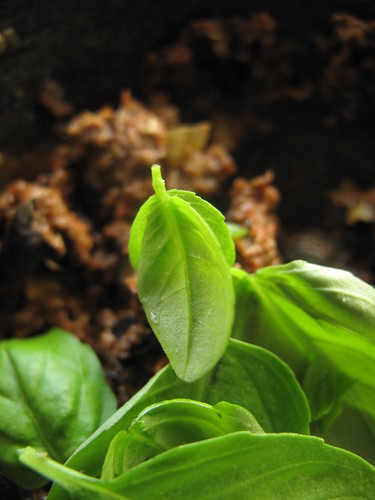
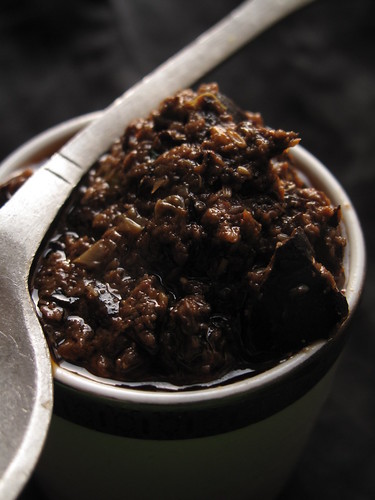
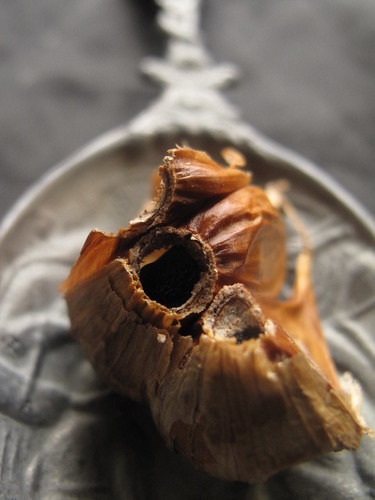
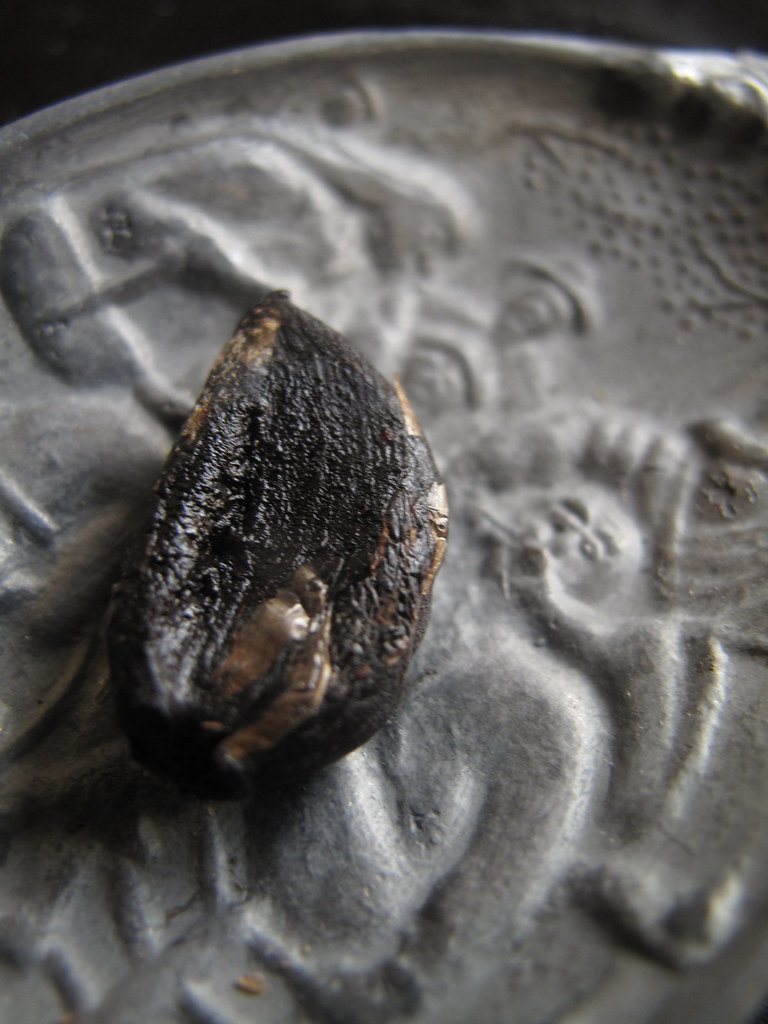
Leave a Reply